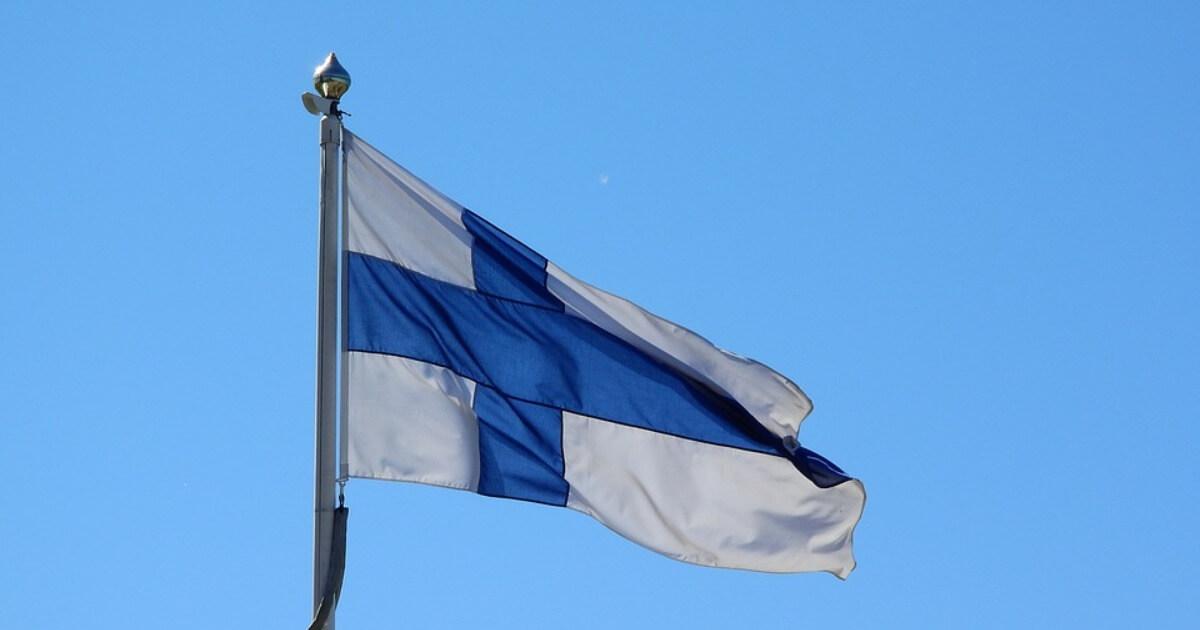Finland, World Leader
What could the U.S. learn from Finland’s stellar example for its own many challenges?
December 15, 2019

Finland is a small country. It has a population of 5.5 million, roughly of the size of the U.S. state of Minnesota. And yet, it serves as a powerful example for the entire United States.
Women: Young. Powerful
The five political parties that are represented in Finland’s current coalition government are all headed by women. But it gets more interesting. What’s more, four out of five of these party leaders are women under 35 years of age. And the newly appointed Prime Minister, Sanna Marin, is 34 years old.
Gerontocratic America
Compare that to the leadership of the U.S. legislative and executive branches on both sides of the political aisle.
It is filled with (predominantly male) septuagenarians and even octogenarians. This includes the President and his three major rivals among the field of potential Democratic nominees (but hey, at least, one of them is a woman).
In other words, the people who currently govern the United States of America still long for their record players, probably don’t know how to change settings on their iPhones, grew up when segregation was “normal” and for most of their lives thought that climate change had something to do with different seasons.
Policymaking matters for social progress
The female political leadership in Finland is the result of a narrowing gender gap. This has been made possible by generous parental leave programs and universal daycare.
As a result of these long-standing policies, it has even been reported that Finnish men are the only men worldwide who spend more time with their children than women.
In the annual Global Gender Gap Index published by the World Economic Forum in 2018 and measured along four sub-indices (economic participation and opportunity; educational attainment; health and survival; political empowerment), Finland ranks 4th, the United States a horrible 51st. That puts the United States below Mexico but, hey, above Peru.
Of course, unlike Finland, the United States does not have universal daycare or parental leave programs. It should also be mentioned that even the best performers such as Finland have not closed the gender gap.
Can happiness rub off on other nations?
Finland also ranks first in the annual index of 156 countries covered in the World Happiness Report. The United States is 19th. In fact, in the 2019 report on happiness, an entire chapter is dedicated to the United States entitled: “The Sad State of Happiness in the United States and the Role of Digital Media.”
So, why on earth are Finns so happy? After all, during the country’s long winter, Finns barely get a glimpse at the sun, while many of the far more fortunate Americans, as far as daylight is concerned, suffer from Seasonal Affective Disorder or SAD. This is a type of depression that begins when the days get shorter and only ends when they are once again long and sunny.
Good health = personal happiness
Good health is part of personal happiness. The 130-year old Finnish healthcare system covers everybody in Finland, including legal immigrants. It does all that at half the costs of the U.S. system. It is taxpayer-funded and otherwise virtually free for all.
88% of Finns are satisfied with the quality of the system. Consequently, Finland has the sixth-lowest infant mortality among 223 countries and territories. The United States, despite its vast wealth, is 54th.
Finland’s life expectancy in 2018 stood at 81.7 years, compared to America’s 78.9 years. Good reasons for Finnish happiness, not so much for Americans.
The Finnish dream, not the American one
As for the American Dream, the idea is that you can achieve anything, wherever you come from. The OECD measured in 2016 how many generations it would take country-by-country to rise from low-income families to reach their nation’s median income. This concept is also referred to as social mobility.
It was shown that it takes all but two generations in Finland to make that move, but five generations in the country of the (presumed) American Dream, the United States.
So, compared to their Finnish brethren, most low-income Americans feel forever trapped, while Finns actually see light at the end of the tunnel.
In fact, the new Finnish Prime Minister came from a low-income family, was raised in a same sex relationship and became the first person in her family to attend university. Happiness spreads when you see a future for yourself.
As with smart policies, taxes matter
This takes us to U.S. Republicans’ favorite issue: Taxes. Of course, Finland has higher effective income taxes than the United States. But fair comparisons of tax rates have always been difficult.
In the United States, you have multiple layers of taxes: Federal, state and local taxes on income; state sales taxes and local property taxes. Many other countries, such as Finland, just collect few local taxes and their vast collection of tax revenue occurs at the federal level.
Finland’s fiscal deficit averaged just 2% of GDP between 2009 and 2018. This compares to a U.S. deficit averaging 5.4% of GDP during the same time period.
While it is true that a large part of this average U.S. deficit is the result of the aftermath of the Great Recession, Finland experienced that crisis too. It just went into a smarter deficit spending mode that required fewer resources.
More importantly, contrary to the United States, Finland reduced its deficit to 0.7% in 2018, while the U.S. fiscal deficit under Trump rose after a brief recovery – and sharply so – to 3.8% in 2018.
Unsurprisingly, Finnish government debt to GDP stands at 58.9% in 2018 compared to U.S. debt of 106.1%.
Conclusion
Add all that up — better economic indicators, happy, healthy, educated and socially well-protected people, as well as a young, democratic leadership (rather than a stale and out-of-touch two-party system run by the old and entrenched) — and the Finnish laboratory looks like a gem.
In fact, if Finland were America’s 51st state, the famous words of U.S. Supreme Court Justice Louis Brandeis written in a 1932 opinion would apply. Brandeis then held that a “state may, if its citizens choose, serve as a laboratory; and try novel social and economic experiments without risk to the rest of the country.”
If only the United States could act so wisely. Then we Americans might all live a better, longer, healthier and happier life. Go Finland! Mene Suomeen!
Takeaways
Finland ranks first in the annual index of 156 countries covered in the World Happiness Report. The US is 19th.
The five political parties that are represented in Finland’s government are all headed by women. Four out of five of them are under 35.
How many generations would it take to rise from low-income families to reach the nation’s median income? Two generations in Finland and five in the US.
If only the US could act as wisely as Finland. Then we Americans might all live a better, longer, healthier and happier life.

